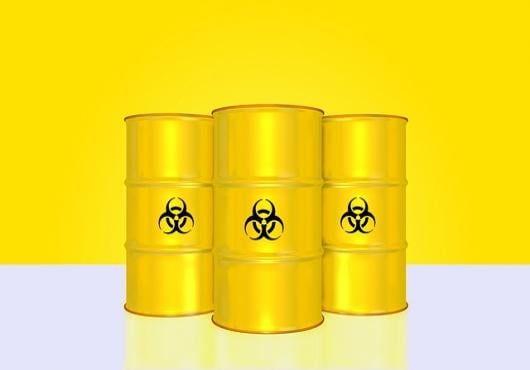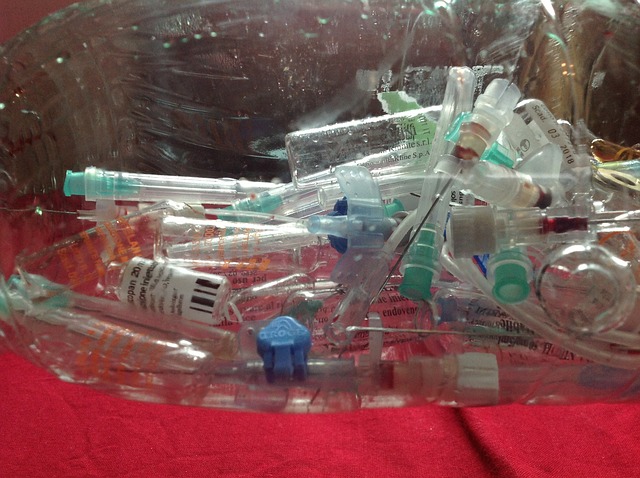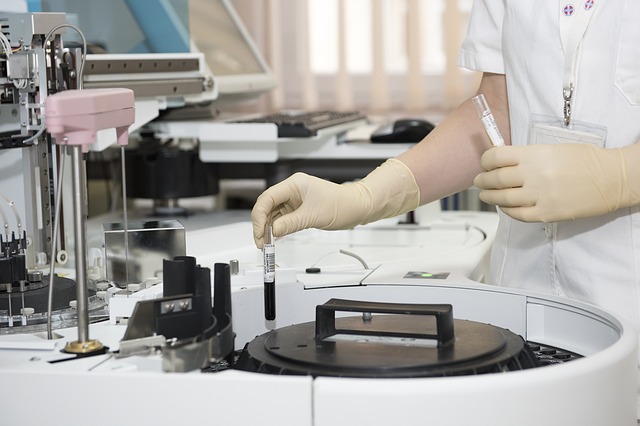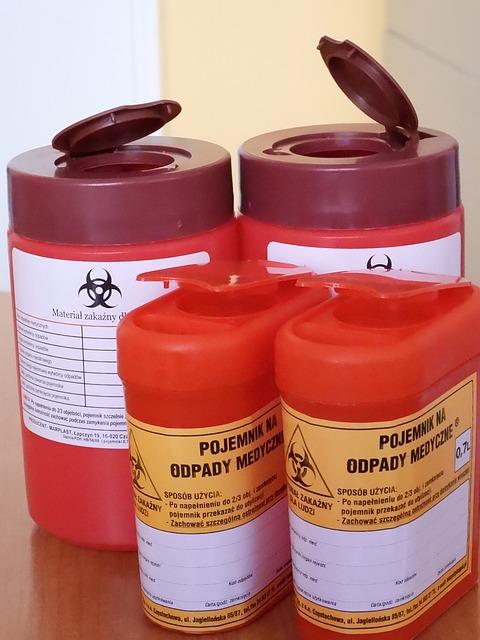
Just like in any other business, when we talk about modern medical waste management solutions, we need to know who is responsible for the quality of the job. That also includes who is going to bear the consequences if there are some oversights. We know that hospitals, clinics, and laboratories produce very unique waste. Sharp objects, syringes, and needles are the obvious pick, but let's not forget about the others. We have pharmaceutical waste, such as contaminated and expired drugs. But, there is also infectious waste like bacterial cultures, blood, and soiled dressings. That is why companies need to take good care of medical waste management.
What are the steps to medical waste management solutions?
Do you think that we should protect the wellbeing of our health care workers, patients, staff, and communities? Even if you don't know anyone from the industry and you have never been a patient, we highly doubt that you will object to that. Also, you will probably agree that we need to protect our environment, too. Well, in order to do all that, we need to invest in proper medical waste management solutions.
Proper medical waste management in developed and emerging economies is expected to fuel the growth of the medical waste management market

There is so much medical waste in the world that is polluting the environment
If we don't do it properly, medical waste can lead to huge environmental and health issues. We are talking about sharps-inflicted injuries, radiation burns, and toxic exposure to pharmaceutical chemicals and materials. Mercury, cytotoxic drugs and antibiotics are very dangerous. Especially if they leak into the ground. They can pollute our soil, water, and even air, which could have catastrophic consequences. So, medical waste presents a big threat because of toxic pollutants and pathogens, directly and indirectly.
What not to do?
Many people think that burning medical waste would be enough to get rid of it. However, that is a big mistake. During this process, there is a big emission of air pollutants from different pharmaceuticals and waste. Those include:
- metals,
- nitrogen oxides,
- acid gases,
- carbon monoxide, among others.
Even though you can't see, smell or feel this particulate matter in the air, it can cause serious consequences. Those include respiratory symptoms, hormonal defects, congenital abnormalities and, of course, cancer. And we assume you want to avoid all of that. So, it is important to know that medical waste management solutions don't include incineration of medical waste.
What is the proper way to dispose of medical waste?
Since we all care about the wellbeing of people, communities and our environment, medical waste management solutions and practices should be passed on to all hospitals worldwide. So, here is a list of recommendations for hospitals and laboratories on how to implement medical waste management:
- always plan ahead,
- minimize waste,
- separate waste,
- get rid of waste properly.
Always plan ahead
Just like any other complex activity and task in life, this one requires good preparation and organization. For example, if you are planning on relocating your medical clinic, you are going to look for reputable, professional movers and plan everything around the moving-out date. In the same manner, hospitals should develop a strategy for their waste management.

A waste management officer is appointed to oversee the planning, monitoring, and handling of the waste
That also includes laying out the responsibilities and roles of every relevant member. They usually organize a waste management committee that will handle everything regarding this subject. A waste management officer is appointed to oversee the handling of the waste every day. In order to do this properly, the hospital needs to know exactly how much waste it produces and what the existing types are. That way, it can find ways for proper medical waste disposal.
Minimize waste
If you want the most effective medical waste management solution, the idea is not to dispose of it. The idea is to avoid producing it in the first place. Since hospitals and laboratories use needles and other materials every day, this is not possible. So, the next best thing is to minimize medical waste. And how can hospitals achieve that?
A good way of minimizing waste is to reuse as many materials as possible. As long as that doesn't do harm to either patients, staff or the environment, of course. That is why hospitals should purchase greener alternatives. Those include both medical devices and recyclable, safe materials, such as plastic containers and non-mercury thermometers, for example. Not only will the hospitals be more environmentally-friendly, but they will also save money on waste disposal.
Separate waste
Have you ever wondered what the crucial thing for having a sanitary and clean hospital environment is? It is the proper handling and separation of medical waste. It all starts with the person who produces the waste, so they carry the biggest responsibility. There should be separate containers wherever waste is generated.

Boxes with medical waste must be properly labeled and color-coded
Those containers need to be color-coded and properly labeled. Just as you would do with your boxes if you were packing for relocation. Because it's important for everyone in the chain to know what is in those containers. And, of course, it is crucial to use appropriate containers for the specific type of waste they carry. If everyone who gets in touch with the waste acts according to plan, handling medical waste is much easier and safer.
Get rid of waste properly
As we already established, the incineration of medical waste is not the right solution. Before you dispose of the waste, it should undergo various treatment processes of modern medical waste management. Those processes decrease damage to people's health, the community, and the environment. Although treatments depend on the type of waste, they usually include chemical treatment with disinfectants and mechanical treatment like grinding and shredding. Also, for destroying pathogens, steam sterilization is often used. Once these treatments are combined, medical waste no longer presents a danger to anyone.






